Kids’ art from the farm: Connecting food, farming, and the environment
Oxbow’s seasonal Farm Adventures are more than just farm field trips. In many cases the kids who visit us are experiencing, for the very first time, that much of the food they eat grows on a farm – it doesn’t just appear on the shelves at the supermarket! We recently partnered with a local high-needs school to provide environmental education to kindergarteners. As a post-field trip activity, our educators invited the kids to create drawings about nature and asked them to describe their artwork. We’re sharing some of their drawings and interpretations below: the connections that the young students made after their visit to Oxbow are nothing short of astounding.
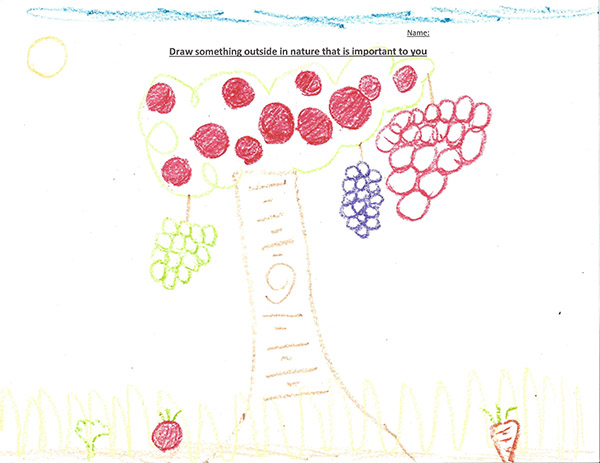
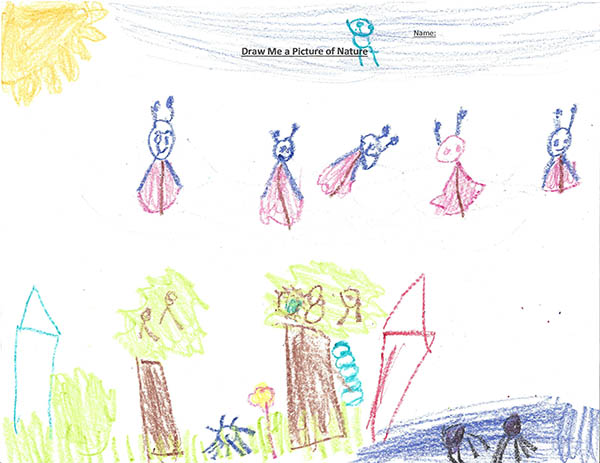
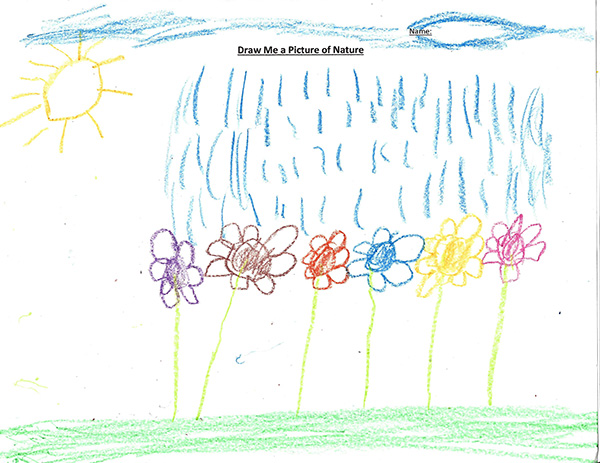
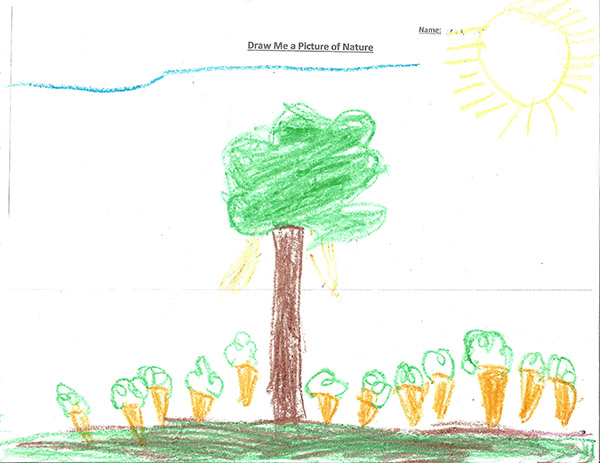
Our education team analyzed dozens of drawings and responses directly from the children, and every one of them had fascinating way of connecting to the natural world. Each piece of artwork is creative and endearing, but what’s truly remarkable are the connections that some of the students started to make between nature and the food that they eat. In a world largely dominated by screens and technology, education that connects young minds to their natural environment becomes that much more crucial. Even at the tender ages of 5 and 6, children are more than capable of understanding the importance of the world beyond the indoor classroom.
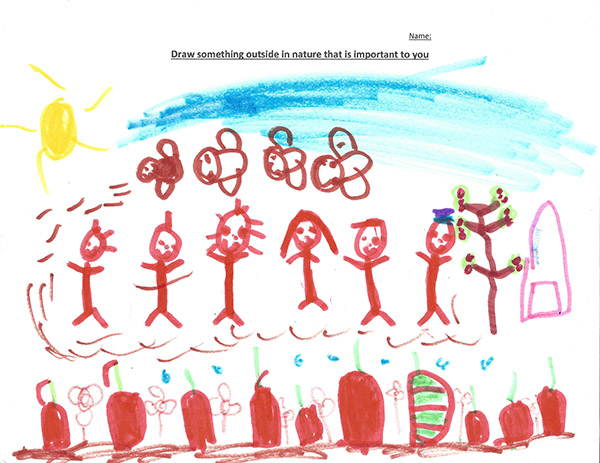
“Children who respect the environment feel an emotional attachment to the natural world, and deeply understand the link between themselves and nature, will become environmentally literate citizens. The task of environmental education for young children is to forge the bond between children and nature.” Guidelines for Excellence: Early Childhood EE Programs, North American Association for Environmental Education (NAAEE, 2010)
Learn more about Oxbow’s partnership with Frank Wagner Elementary School here!
